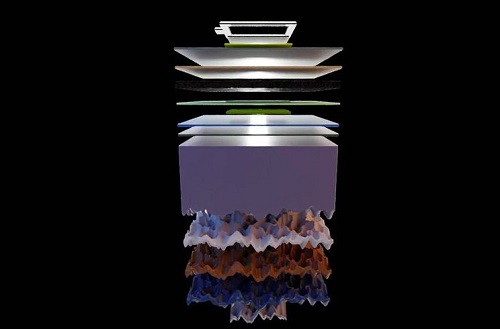 Saturday, May 18, 2024
Saturday, May 18, 2024  Saturday, May 18, 2024
Saturday, May 18, 2024 
Researchers have reached a new efficiency record for a valuable type of solar panel, inching “tantalizingly” close to a coveted 30 percent milestone.
The solar panels are made of a layered combination of two effective semiconductors that work together, improving on all-silicon panels by adding “up and coming new challenger” perovskite.
The cell in this research is a tandem cell, meaning it’s a single cell that has multiple wavelength phases. Think of this like first sweeping the floor and then using a mop: you’re catching different kinds of stuff by using two approaches.
This new cell layers perovskite and silicon with the right amount of buffer in between to let them both work at peak efficiency.
Cells like the one in this research—which is just one square centimeter in surface area—are made by “self-assembled” materials, meaning organic materials that spread, organize, and form the interface between panel surfaces kind of on their own. That means the field of study of these materials is pretty new, and there’s a lot of room for artful improvements that will drastically increase efficiency.
That’s what these researchers did, using “specially tweaked layer compositions for both connecting the electrode layer and keeping the two types of cell together in order to reach their new record,” ScienceAlert reports.
Careful design lets them use perovskite at its best efficiency without causing phase instability that’s common in existing iterative designs.